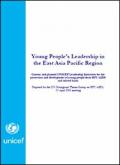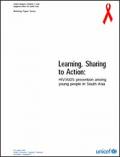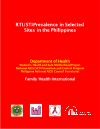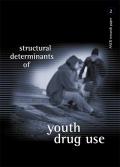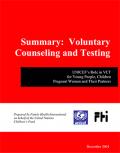Publications on Young People
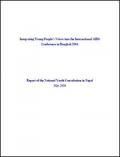
Resource | Publications,
Nepal's first cases of HIV/AIDS were reported in 1988. At the end of 2003 it was estimated that 62,000 people were living with HIV/AIDS. The epidemic assessments reveal a low prevalence among the general population and that so far HIV/AIDS is still concentrated among certain groups like Female Sex Workers (FSW), Intravenous Drug Users (IDUs) and labor migrants. However as shown by global experience and specific studies conducted in Nepal the young people remain highly vulnerable to the disease.
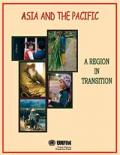
Resource | Publications,
At the International Conference on Population and Development held in Cairo in September 1994 and its subsequent review in 1999 (ICPD+5), 179 countries agreed that population and development are inextricably linked, and that empowering women and meeting people’s needs for education and health, including reproductive health, are necessary for both individual advancement and balanced development.
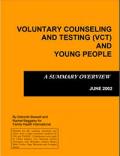
Resource | Publications,
Voluntary HIV counseling and testing (VCT) is much more than drawing and testing blood and offering a few counseling sessions. It is a vital point of entry to other HIV/AIDS services, including prevention and clinical management of HIV-related illnesses, TB control, psychosocial and legal support, and prevention of mother to child transmission of HIV.
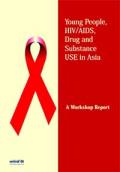
Resource | Publications,
The inter-regional workshop ‘Young people, HIV/ AIDS, Drug and Substance Use in Asia’ organized jointly by the UNICEF East Asia and the Pacific Regional Office (EAPRO) and the Regional Office for South Asia (ROSA), in collaboration with UNDCP Regional office for South Asia, took place in Kathmandu, Nepal, from 18 – 22 March 2002.
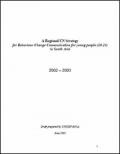
Resource | Publications,
The Regional Strategy has an objective of reducing HIV and other sexually transmitted infections among young people aged 10-24, and to increase access to care and support services for those affected by the epidemic by 2003 in Bangladesh, India, Nepal, Pakistan and Sri Lanka.






